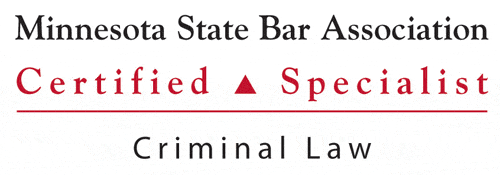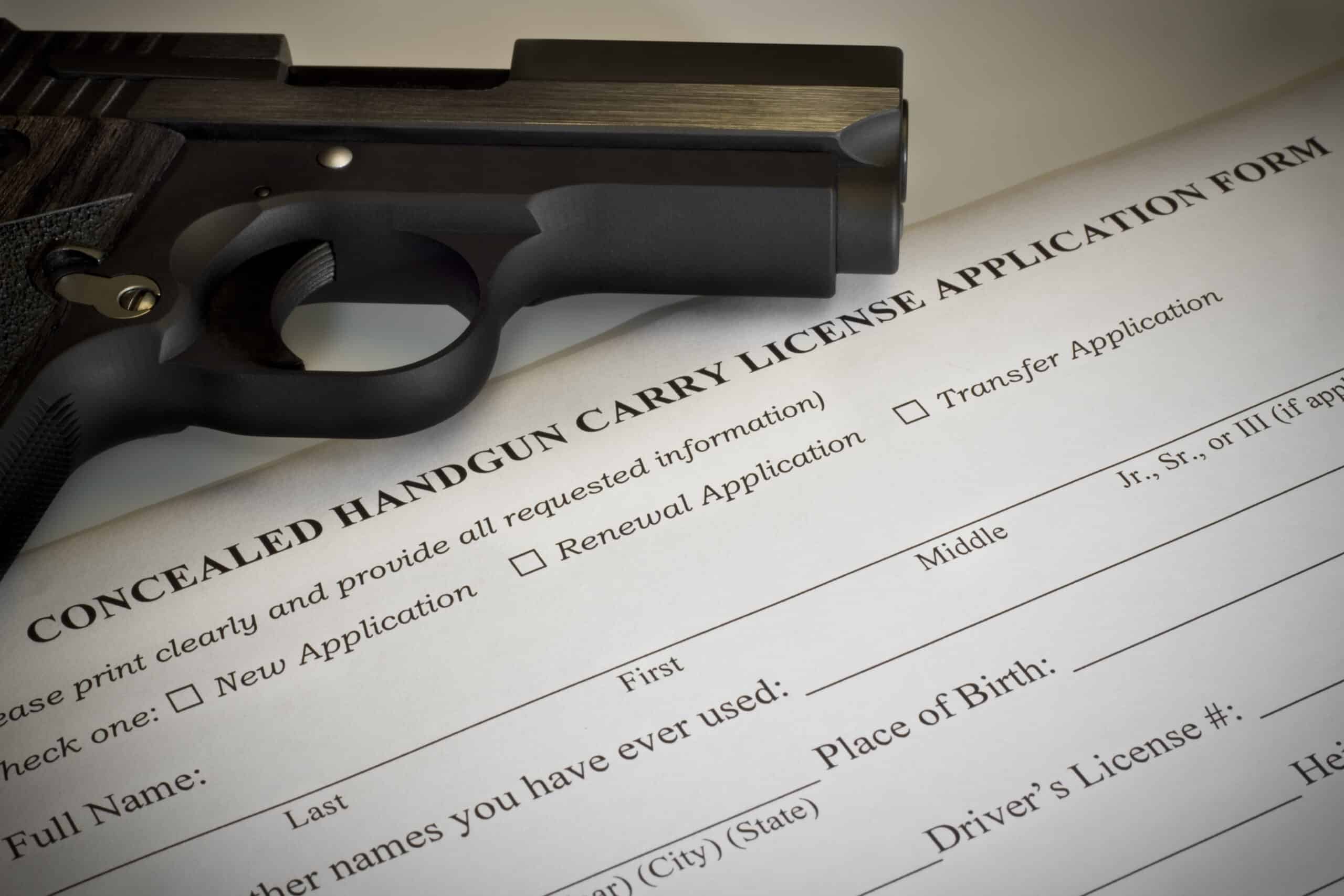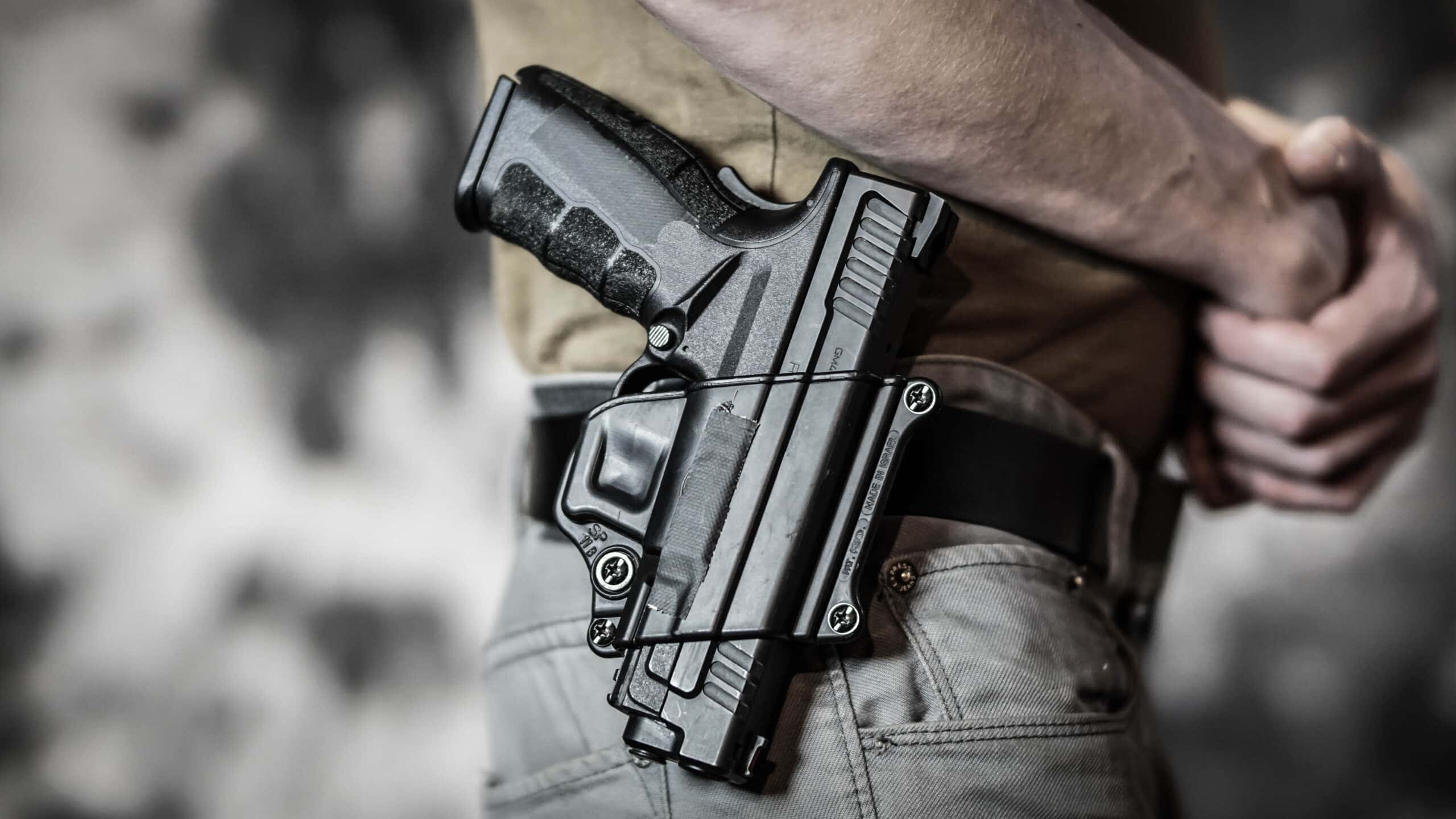The debate surrounding the Second Amendment and the right to bear arms in the United States has led to a diverse range of laws and regulations across different states. Two common methods of carrying firearms are open carry and concealed carry.
These methods are distinctly different in terms of legality and implications, and it’s crucial for gun owners and the general public to understand these differences. In this blog, we will delve into the legal distinctions between open carry and concealed carry, exploring where each is permitted and the associated regulations.
Open Carry: The Basics
Open carry refers to the practice of carrying a firearm in plain view, typically holstered on one’s hip or slung over the shoulder. While open carry is legal in many U.S. states, the specific regulations and restrictions can vary significantly. Let’s explore the key legal aspects of open carry:
State Laws and Regulations
Open carry laws are primarily regulated at the state level, leading to a patchwork of rules across the country. Some states allow open carry without the need for a concealed carry permit, while others require specific licenses or permits for open carry. Understanding your state’s open carry laws is essential to avoid legal complications.
Restrictions
Even in states where open carry is permitted, there may be restrictions on where you can carry a firearm openly. For example, private property owners can prohibit open carry on their premises. Public places such as schools, government buildings, and certain events or gatherings may also have restrictions on open carry.
Education and Training
Many states require individuals to undergo firearm safety training before obtaining a permit for open carry. Understanding the safe handling and use of firearms is crucial for both personal safety and legal compliance.
Concealed Carry: The Basics
Concealed carry, as the name suggests, involves carrying a firearm in a manner that hides it from plain view. This method is often preferred by individuals who want to maintain a lower profile or avoid drawing attention to themselves. Here are the key legal aspects of concealed carry:
State Laws and Regulations
Concealed carry laws are also primarily regulated at the state level, resulting in varying requirements from one state to another. Most states require individuals to obtain a concealed carry permit, which often involves background checks and training.
Concealment Methods
Concealed carry methods vary, including carrying a firearm in a concealed holster, inside a purse, or even in specially designed concealed carry clothing. The level of concealment required may be specified by state law, so it’s essential to understand these requirements.
Restrictions
Similar to open carry, concealed carry may be restricted in certain areas such as schools, government buildings, and private property where the property owner prohibits it.
Implications of Open Carry vs. Concealed Carry
Understanding the legal distinctions between open carry and concealed carry is just the beginning. Each method has its own set of implications for gun owners and the public:
Visibility and Perception
Open carry can draw attention and potentially make others uncomfortable, leading to public concern or even calls to law enforcement.
Concealed carry is less visible and can help individuals maintain a lower profile, avoiding unnecessary confrontations.
Tactical Considerations
Open carry can deter potential threats as it’s a visible deterrent. However, it may also make the gun owner a target if an attacker seeks to disarm them.
Concealed carry provides an element of surprise but may require a gun owner to access their firearm more discreetly in a self-defense situation.
Interaction with Law Enforcement
Open carry can result in more frequent interactions with law enforcement, as concerned citizens or officers may check to ensure compliance with state laws.
Concealed carry may reduce the likelihood of such interactions, but it’s crucial for permit holders to be prepared to inform law enforcement if they are carrying a concealed weapon during encounters.
Open Carry Laws In Minneapolis
The debate over open carry vs. concealed carry continues to shape firearm regulations in the United States. Understanding the legal distinctions and implications of these two methods is essential for gun owners and the general public alike. To ensure compliance with state laws and promote safe firearm practices, individuals interested in carrying firearms should educate themselves about the specific requirements and restrictions in their state.
Ultimately, responsible gun ownership and a commitment to firearm safety should be the guiding principles for anyone exercising their Second Amendment rights, regardless of whether they choose open carry or concealed carry.
About the Author:
Christopher Keyser is an AV-Preeminent rated criminal and DWI defense attorney based in Minneapolis who is known for fighting aggressively for his clients and utilizing innovative tactics to get the most positive results. He has been featured in numerous media outlets due to the breadth and depth of his knowledge and has been named a Certified Specialist in Criminal Law by the Minnesota Bar Association. Mr. Keyser is Lead Counsel rated, and he has received recognition for his criminal law work from Avvo, Expertise, and Super Lawyers.








